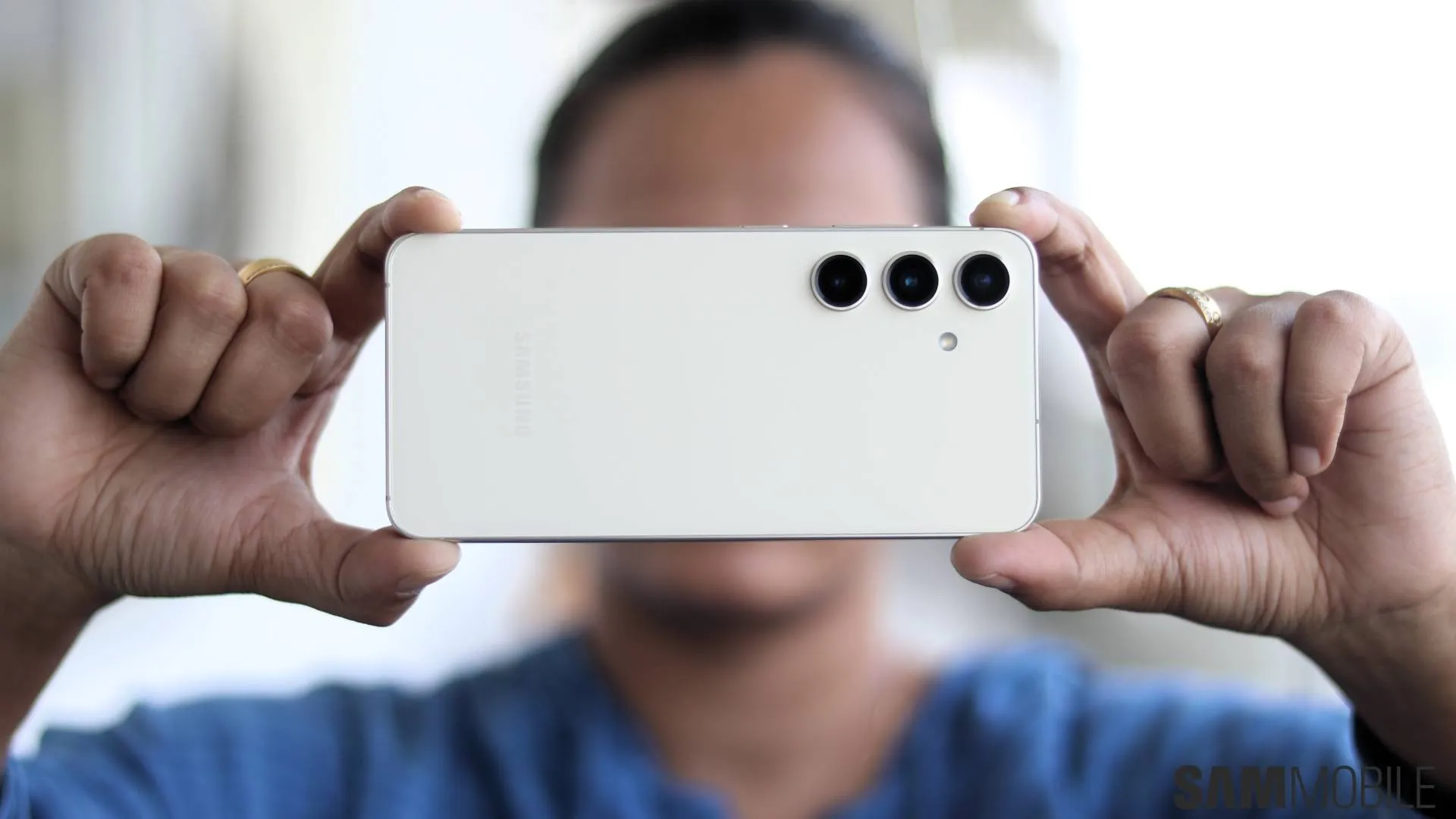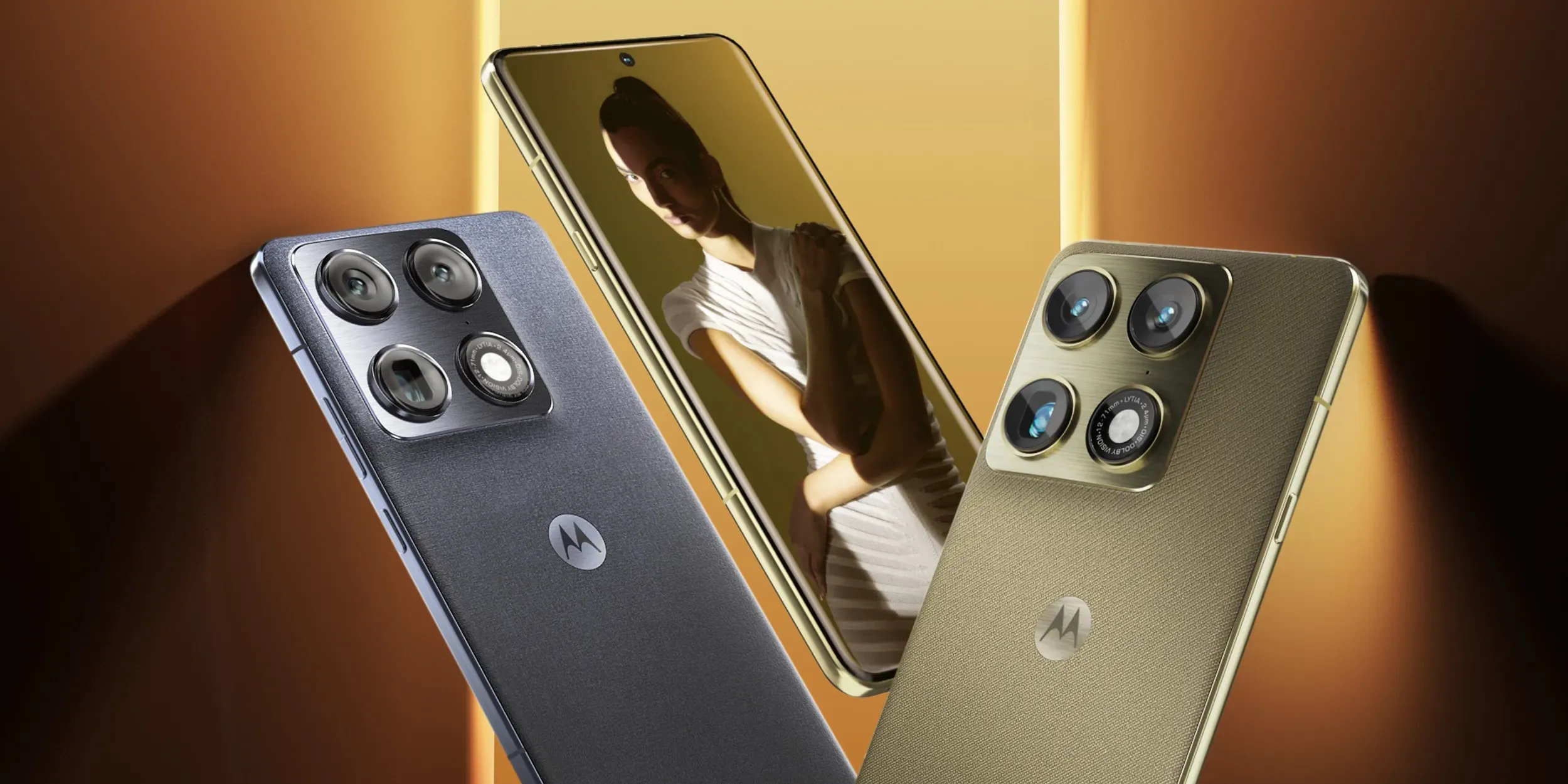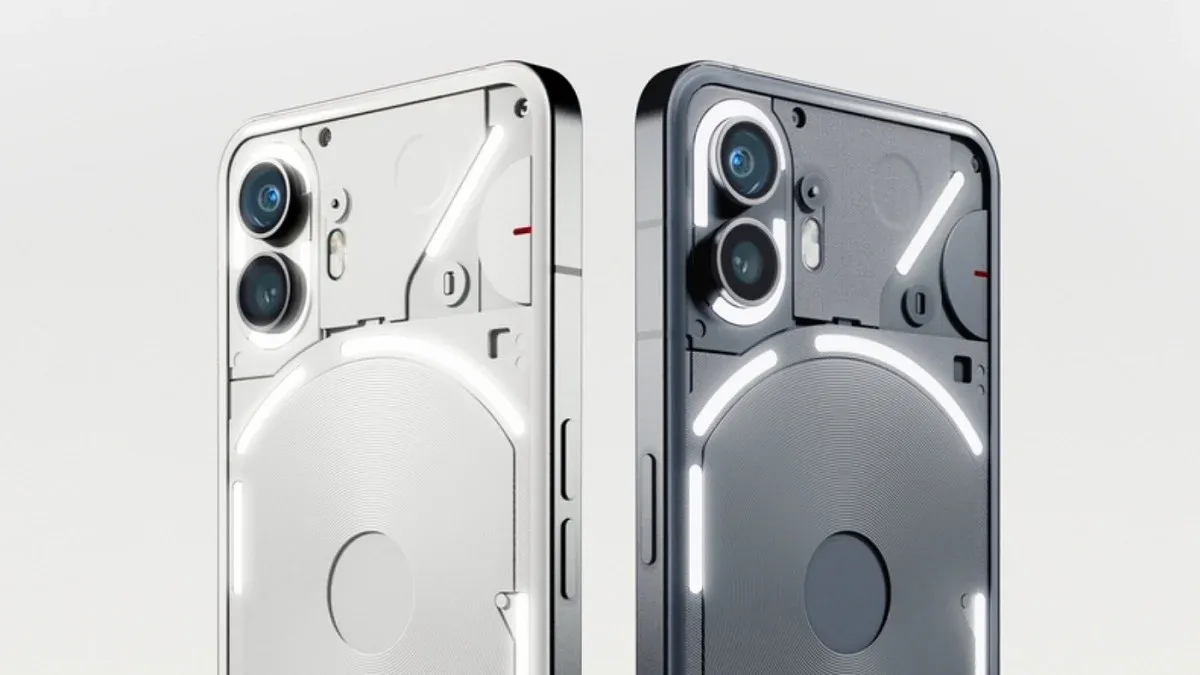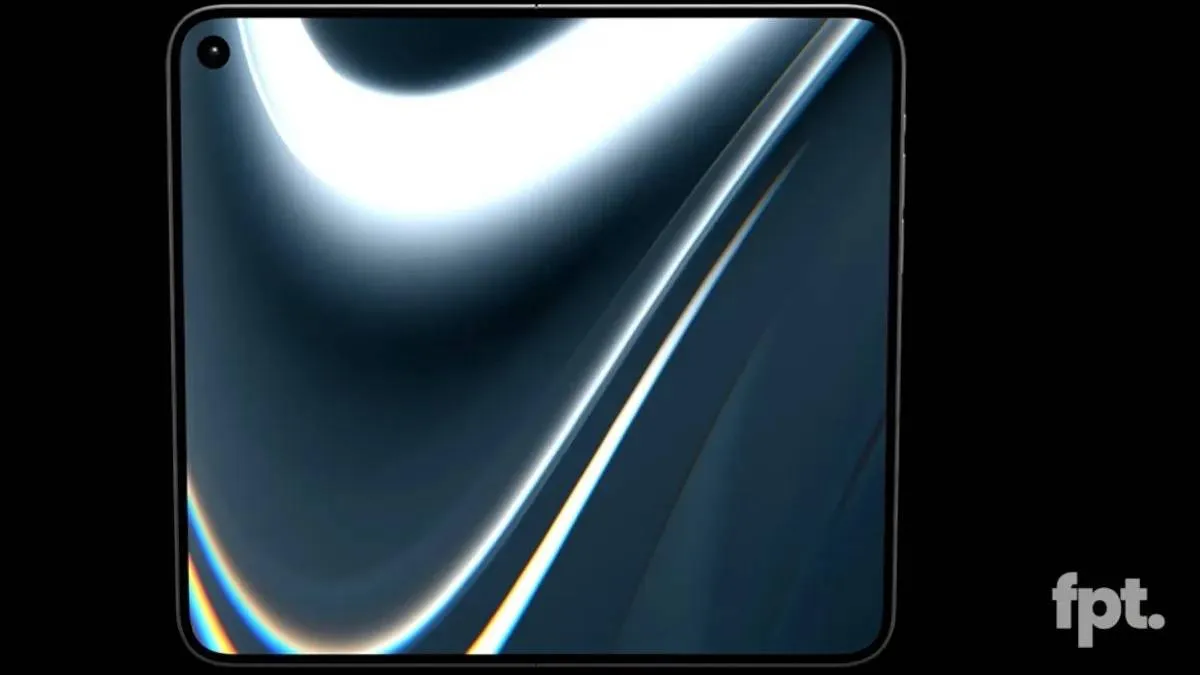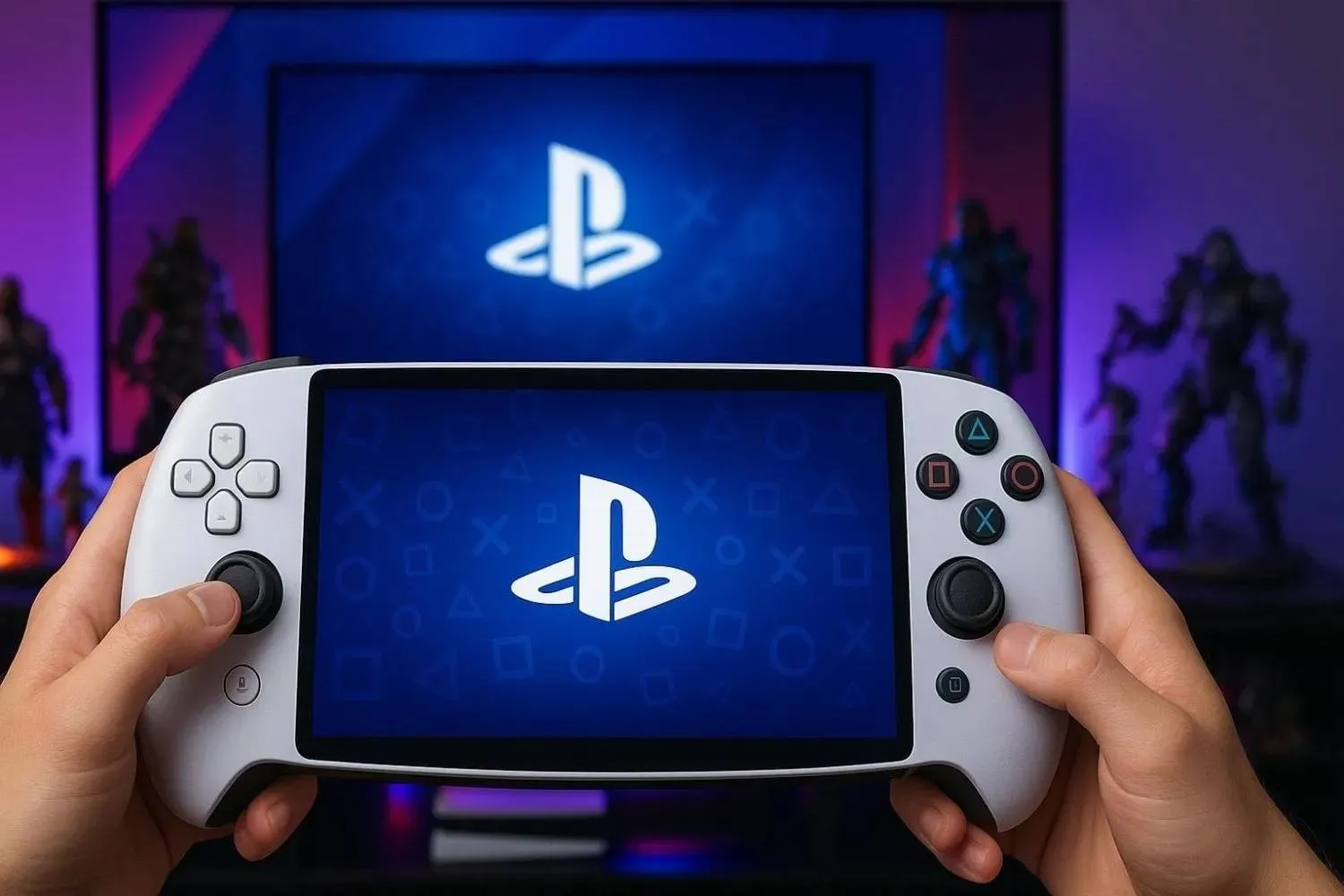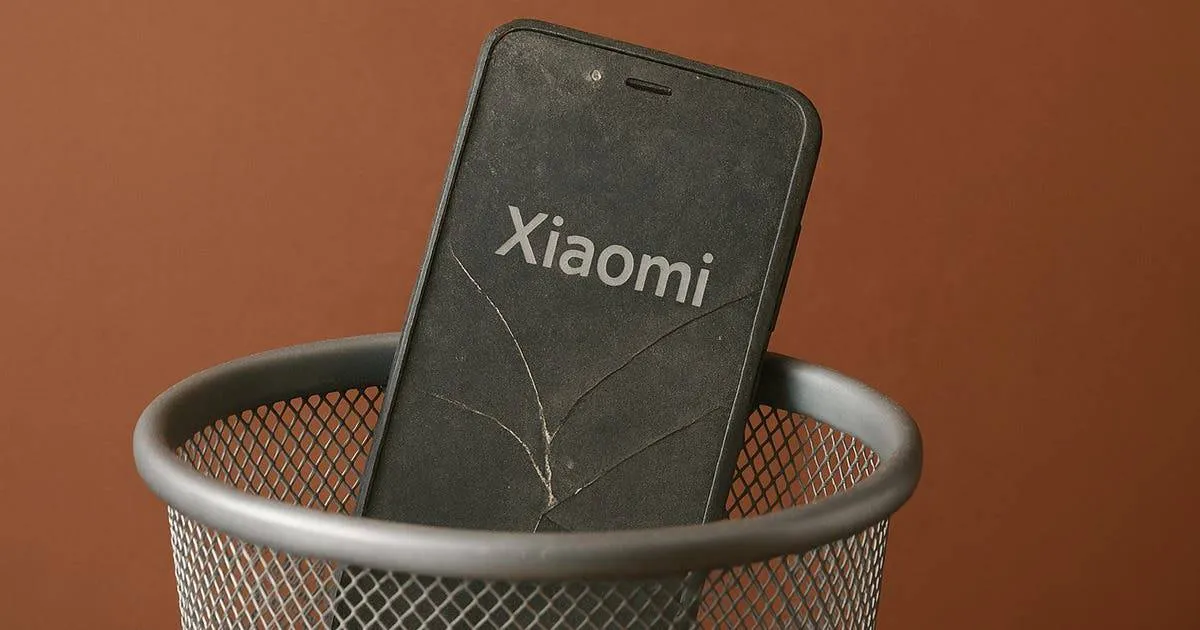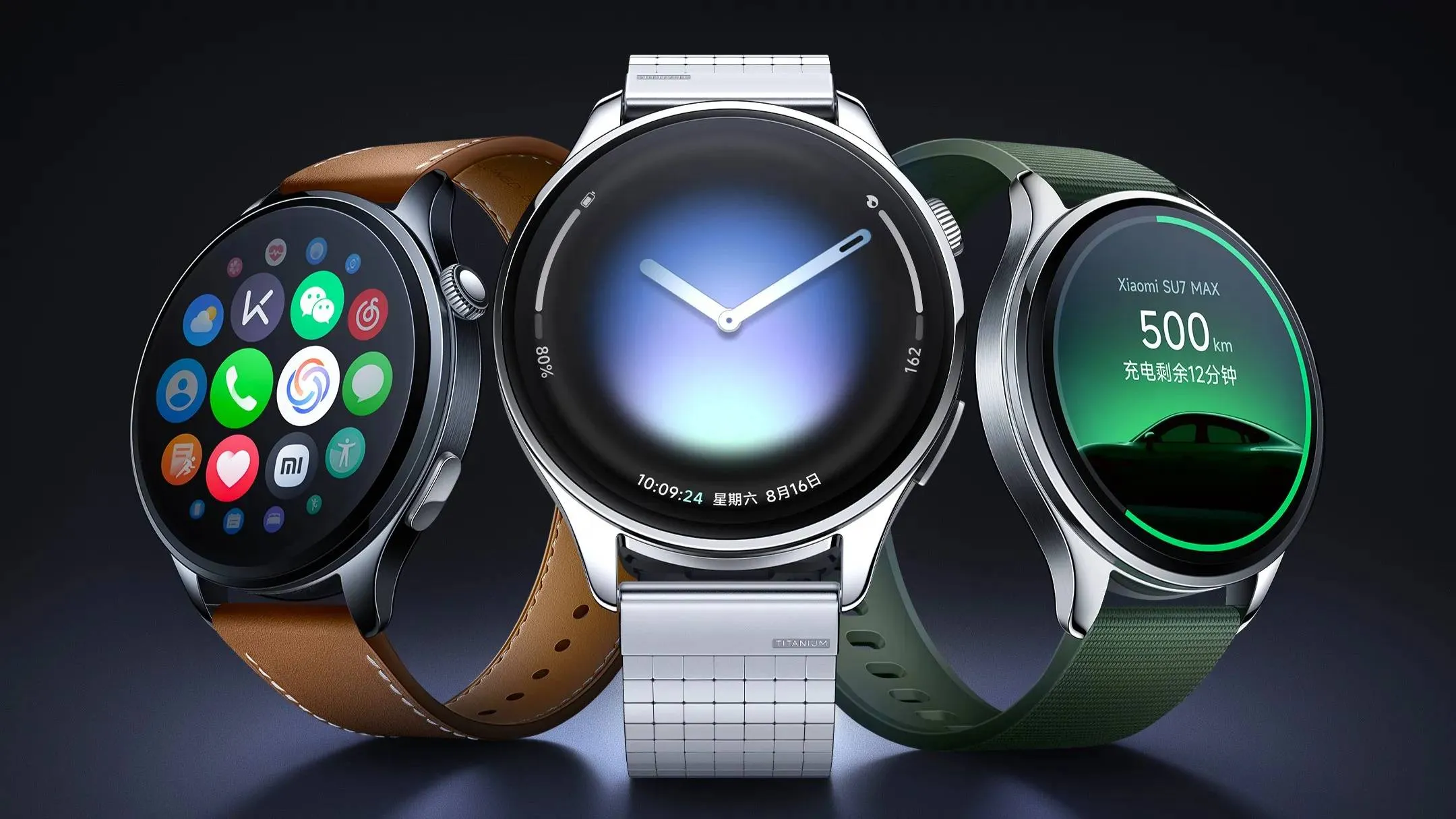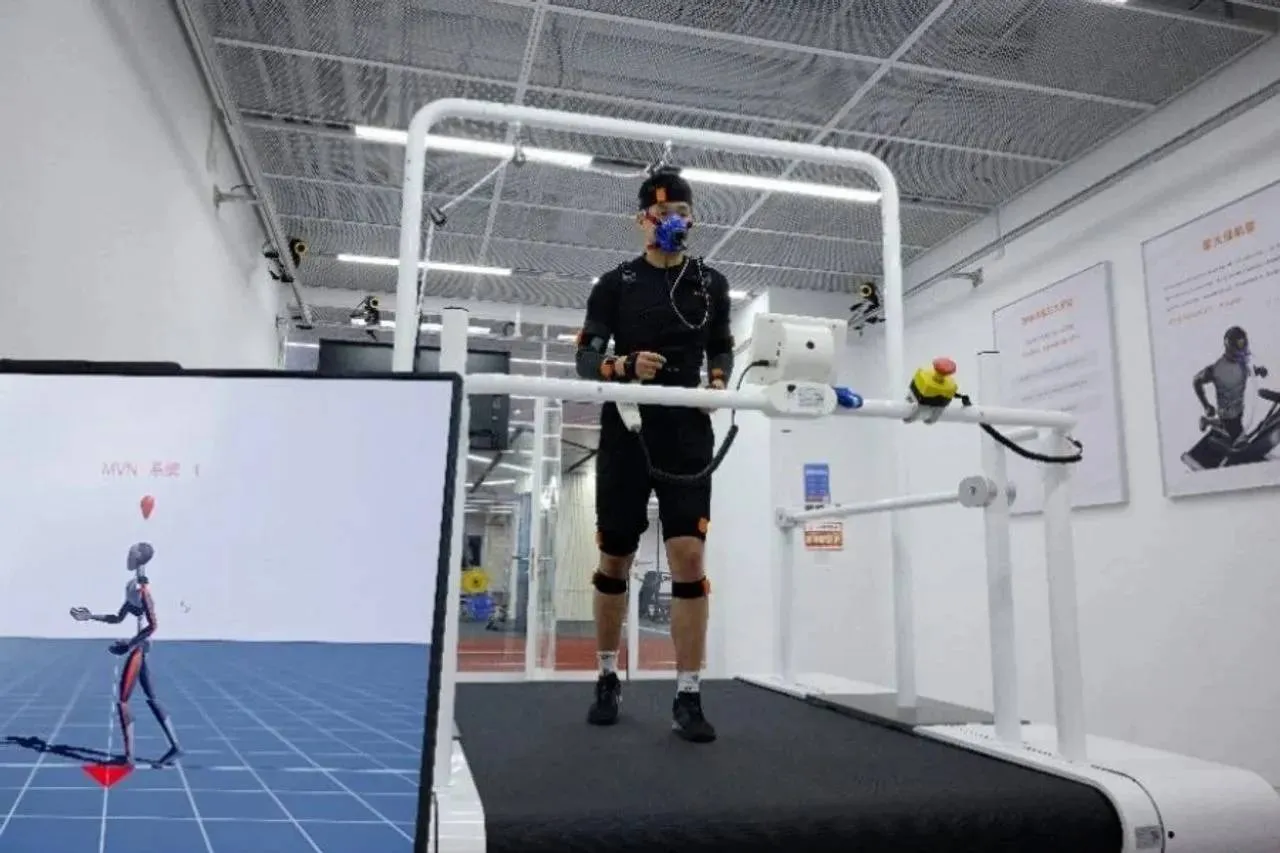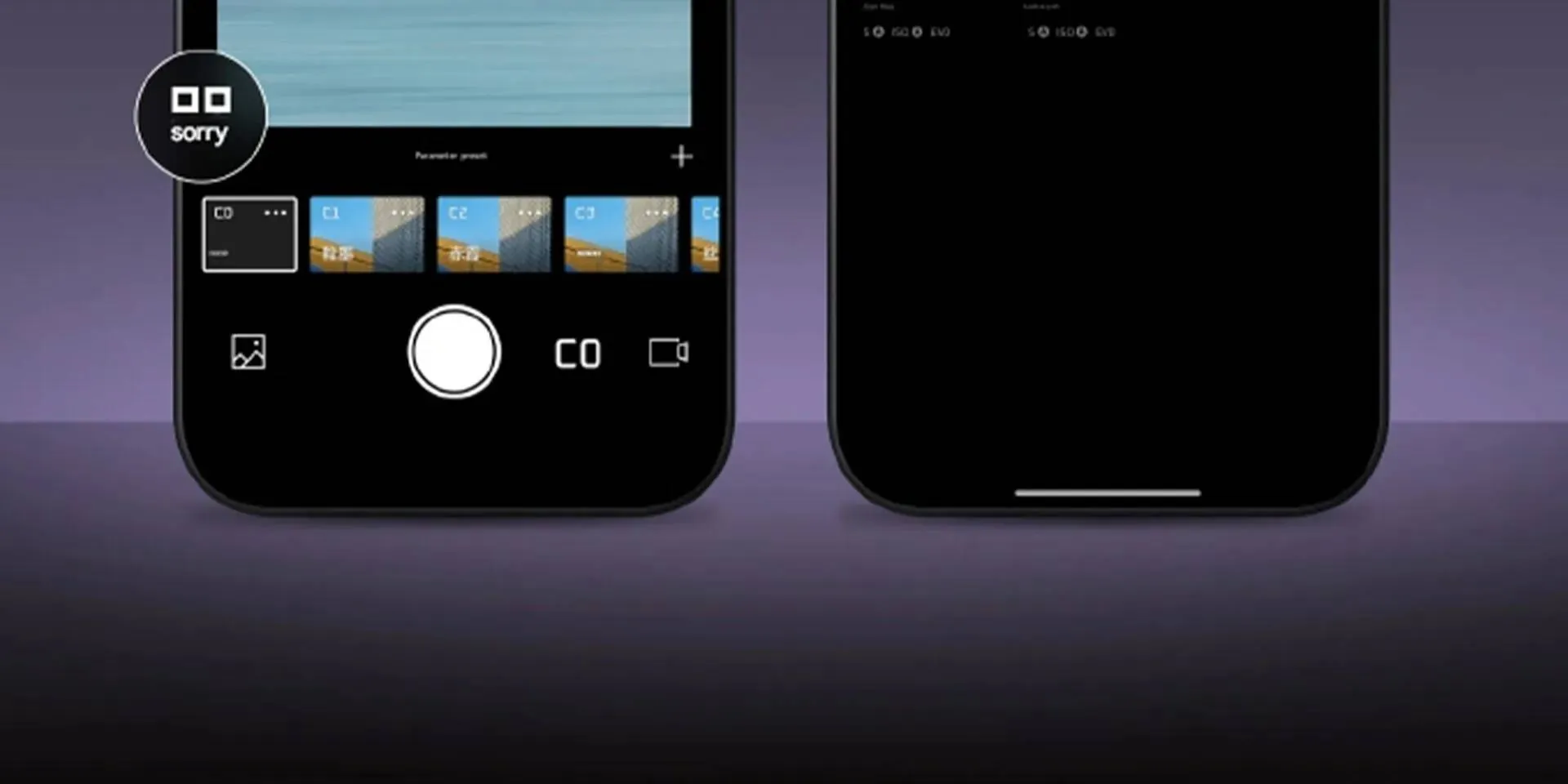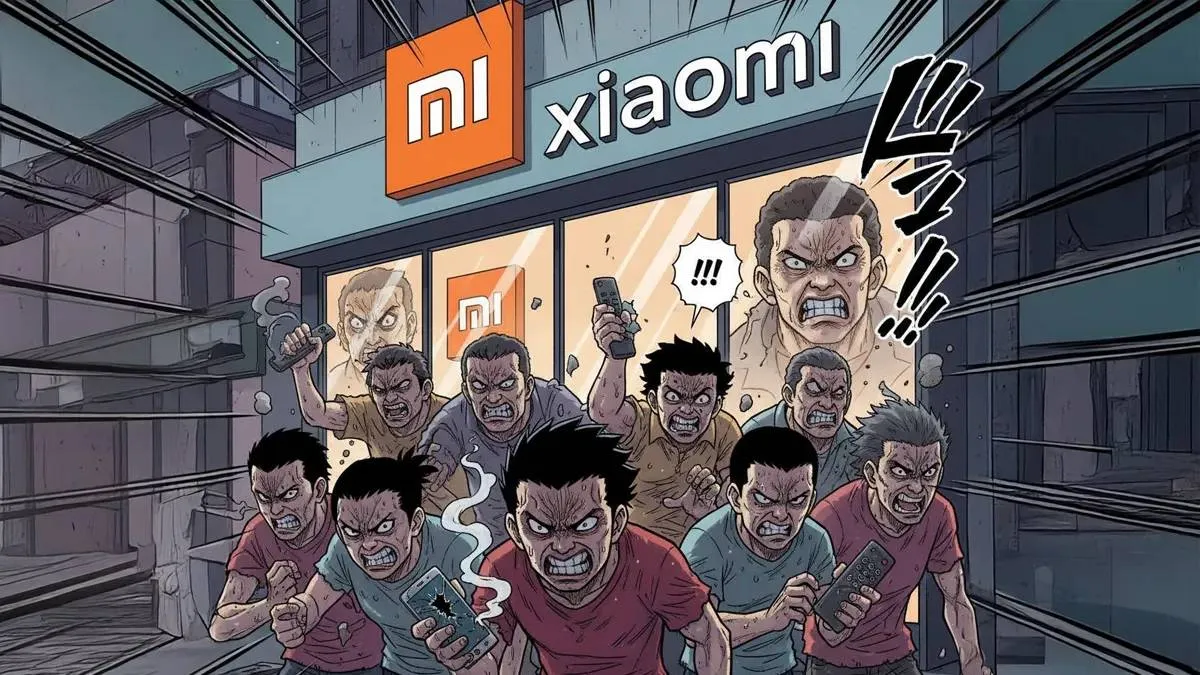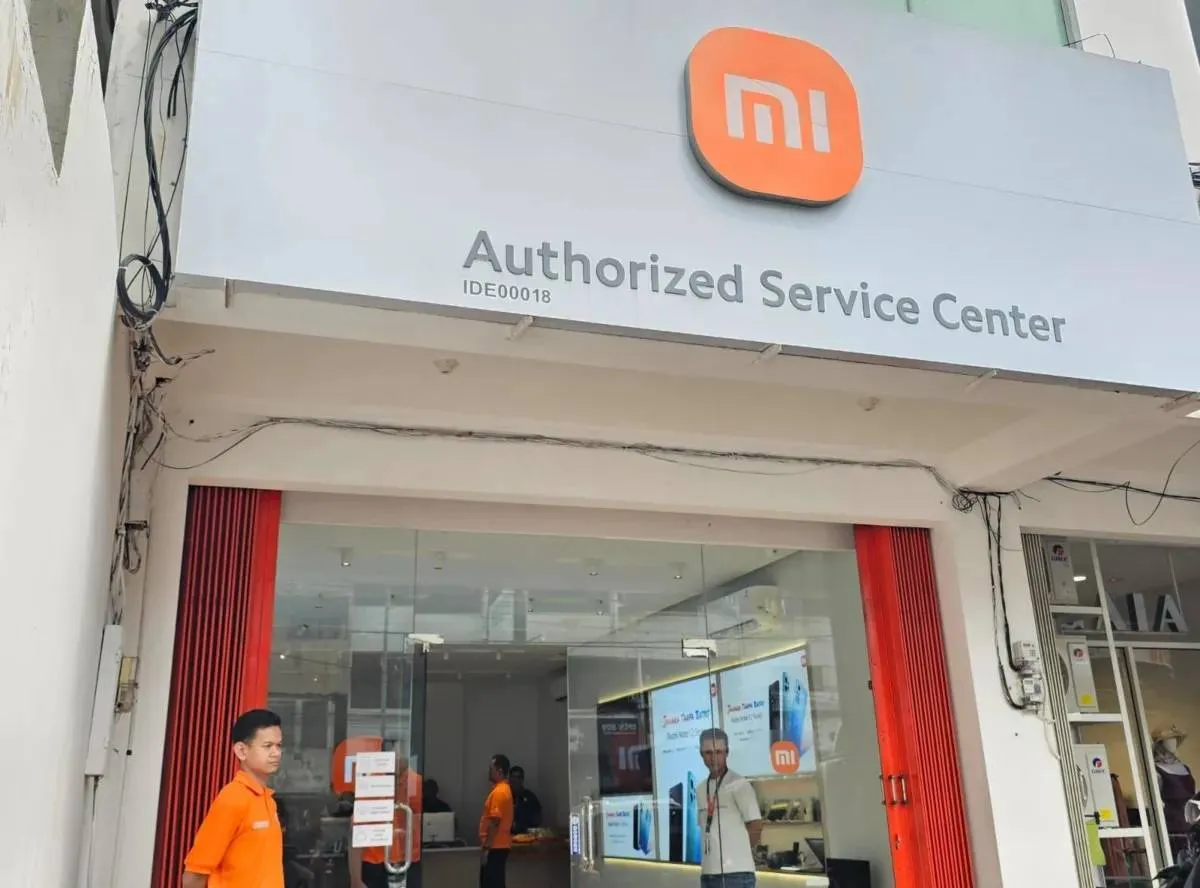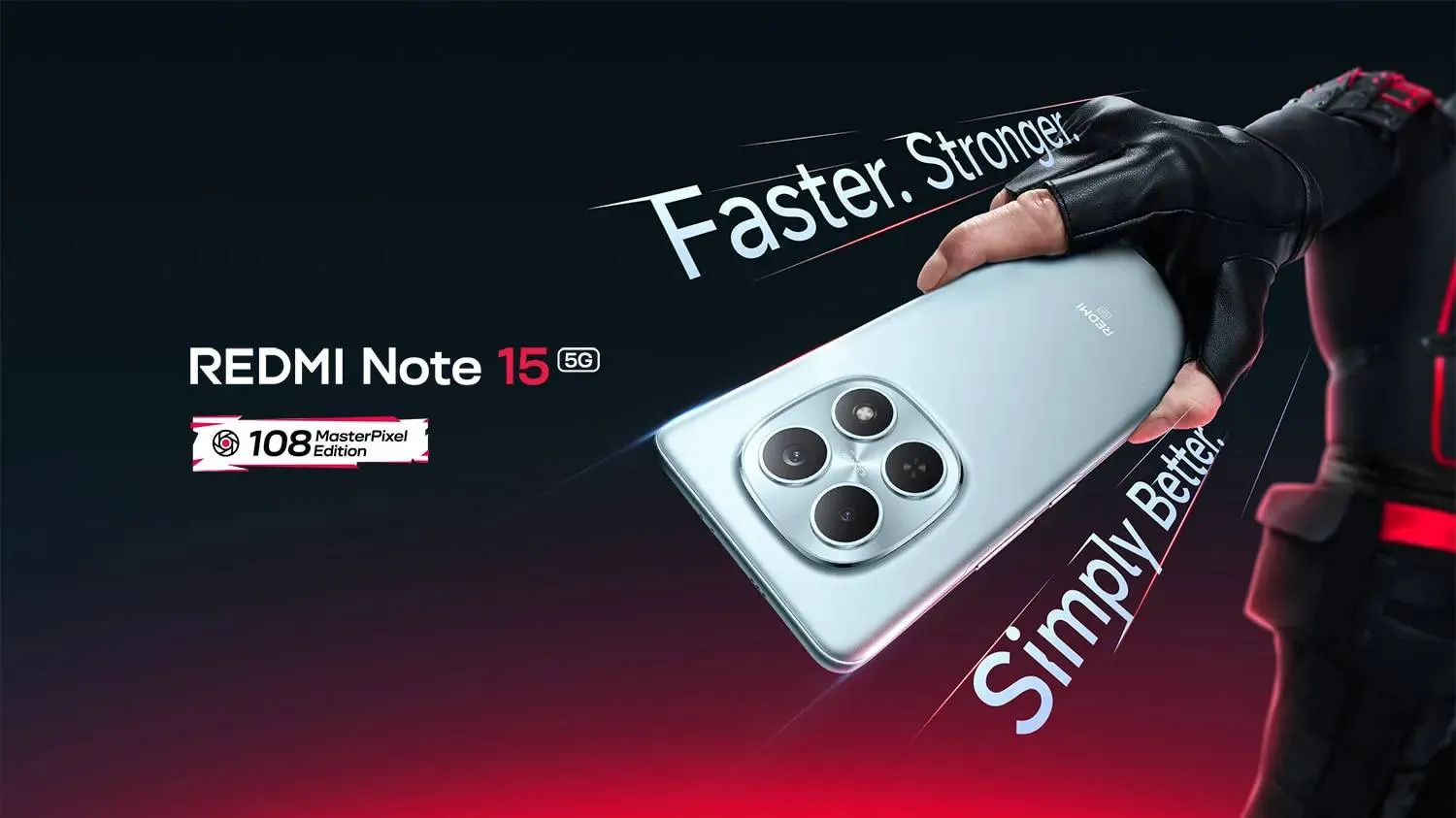
Redmi Note 15 5G: Xiaomi’s "108 MasterPixel" Gambit is Finally Here
Jan 06, 09:18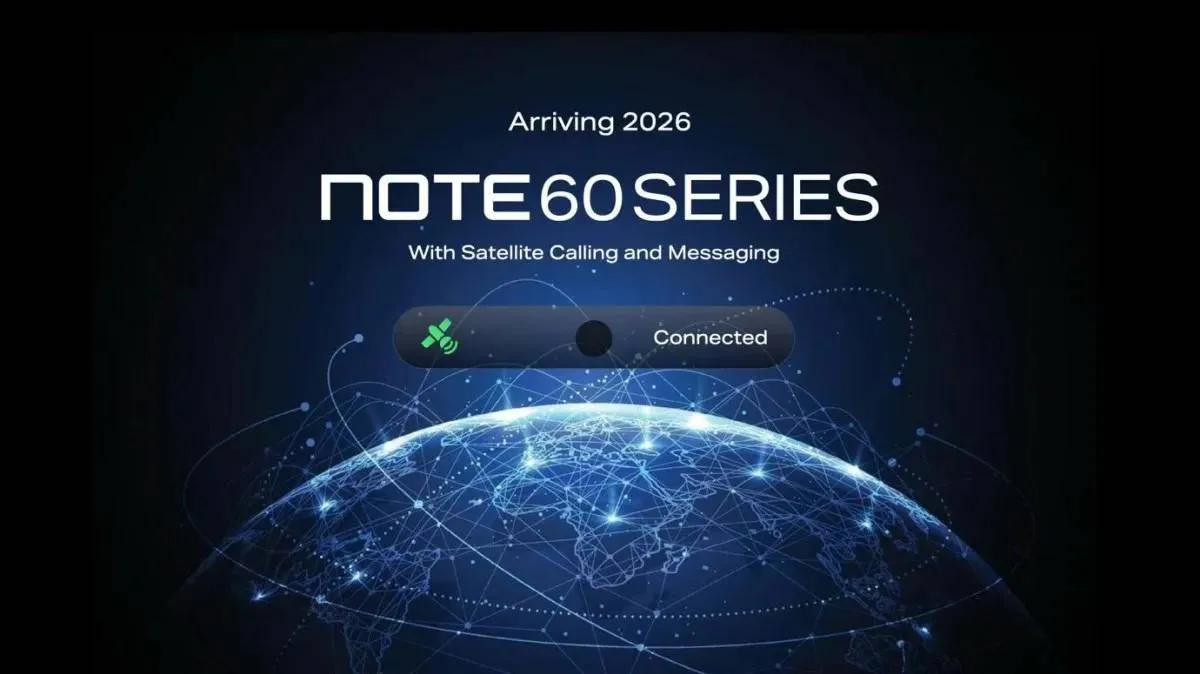
Satellite Calling for Everyone: Infinix Shakes Up CES 2026
Jan 07, 10:26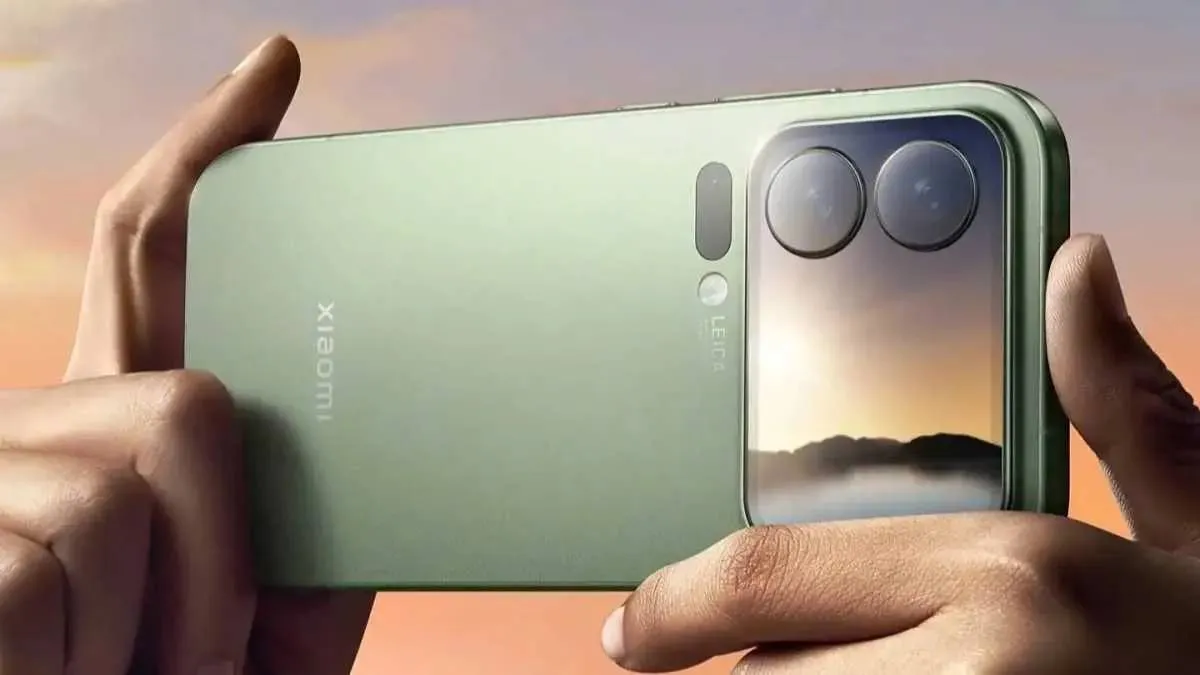
Xiaomi 17 Max: 8,000mAh Power and Flat Glass Breakdown?
Jan 07, 09:41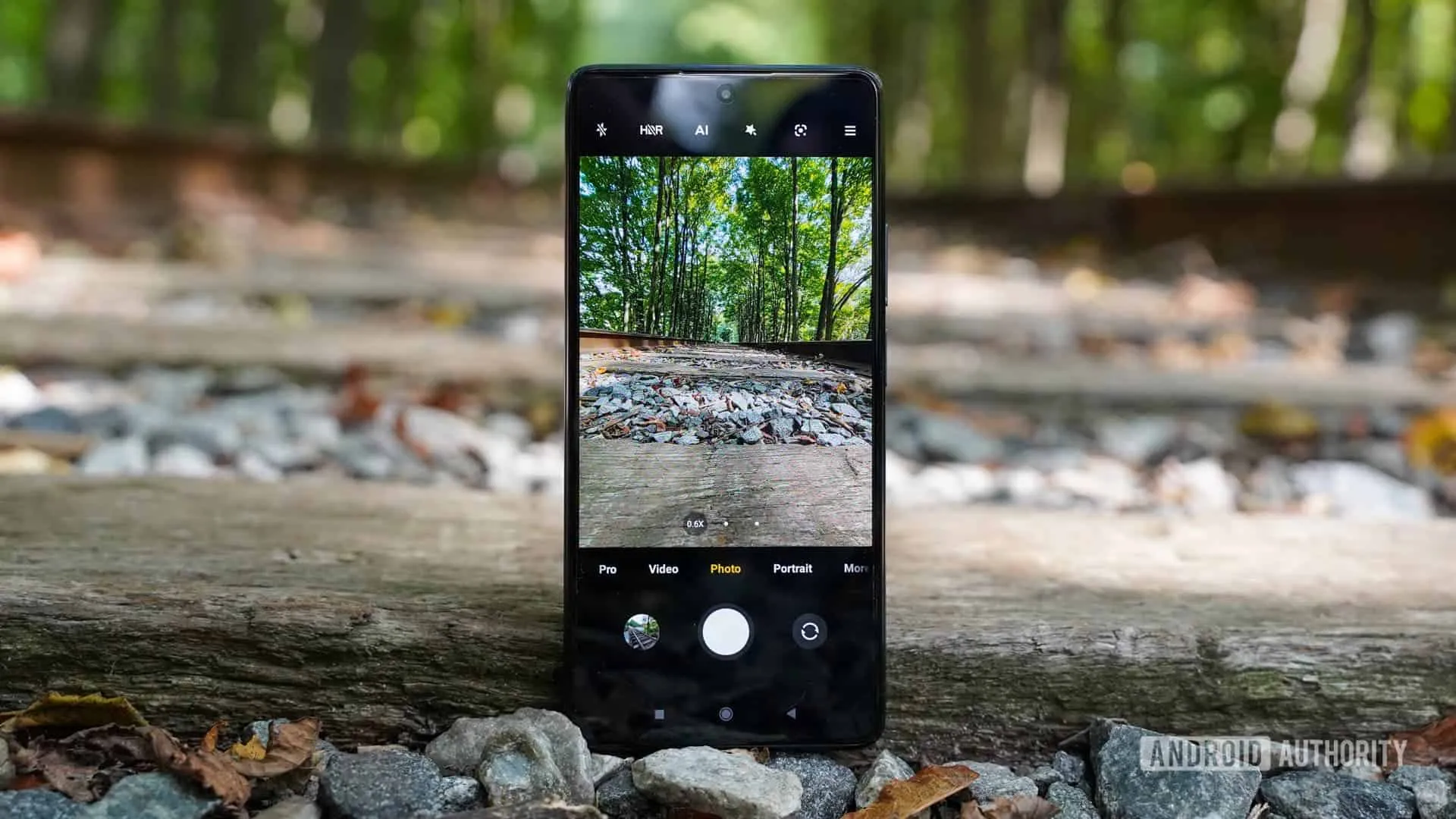
Samsung One UI 8.5: The New Video Interface is a Game-Changer
Jan 04, 10:49
Best Smartphones Under $600 – December 2025
Dec 31, 16:00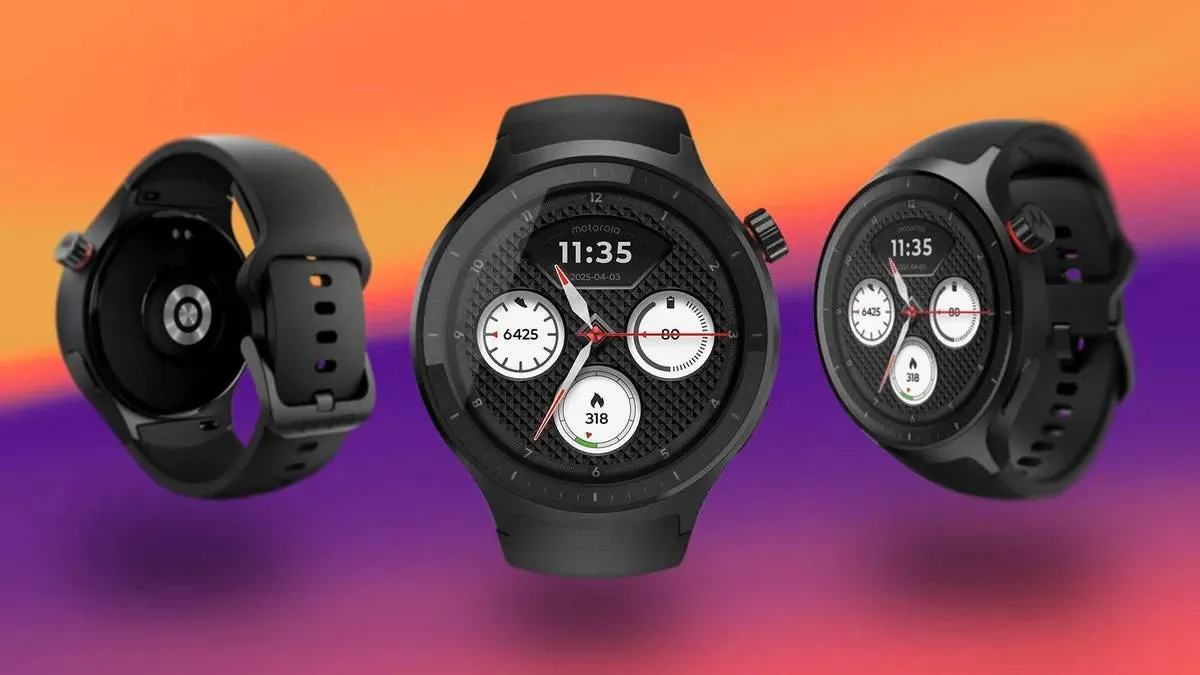
Motorola and Polar Just Teamed Up to Build the Ultimate Budget Smartwatch
Motorola returns to wearables with the Polar-powered Moto Watch. 13-day battery, pro-level recovery stats, and a stunning OLED display for just €99.99.

Satellite Calling for Everyone: Infinix Shakes Up CES 2026
Infinix Note 60 launches at CES 2026 with global satellite calling and a silent, blade-less fan. See how this phone works in every corner of the world.

Tired of YouTube Ads? Morphe Offers a Fresh Start for Android Users
Looking for a ReVanced alternative? Morphe is the new open-source patcher that brings ad-blocking and SponsorBlock to YouTube. Learn how to set it up now.

Xiaomi 17 Max: 8,000mAh Power and Flat Glass Breakdown?
The Xiaomi 17 Max is coming in 2026 with a massive 8,000mAh battery and a 6.9-inch flat display. Read the latest leaks from Digital Chat Station here.
- Besoin de ça
 merveil11-12-2025
merveil11-12-2025 - Looking forward to buying both sizes of this when they are available in Thailand 🇹🇭chrisman08-12-2025
- Finally! Surprised corrupt Grok was not mentionedMaxNix07-12-2025
- About time!!MaxNix07-12-2025
- Best practice avoid buying Xiaomi phones and products, you all won't regret later.Kevin03-12-2025
- Interesting update on OpenAI’s Sora app! As we also review AI and SaaS tools at TheSoftReview, it’s fascinating to see how video-generation apps are expanding to mobile platforms, making creative workflows more accessible.Shamima29-11-2025
- Good, good… keep going downhill. Unlike Xiaomi, other brands in Europe actually allow global users to unlock the bootloader. Xiaomi is full of lies the Mi Community app doesn’t work, and for over a month I clicked every day with no success. In the end I sold the phone and switched to another brand. Samsung works perfectly and unlocking the bootloader is very easy. I used to support Xiaomi and my whole family bought their phones, but now it’s over. Goodbye! I hope your stock keeps falling next year. Yay!HeCosmin28-11-2025
- Kind of drop the Ultra's 2K screen and 120Hz refresh rate.MaxNix25-11-2025
- Stellar Data Recovery worked great for me when I lost some important photos from my SD card. It found files I didn’t even remember deleting, which was surprising. Although the scan was a bit slow, the recovery success made it worth the wait.john25-11-2025
- Really eye-opening article. You make a strong case that Facebook Messenger collects huge amounts of user data — more than many other apps, according to survey results.lindseyjohn83020-11-2025

Redmi Note 15 5G: Xiaomi’s "108 MasterPixel" Gambit is Finally Here
Xiaomi launches Redmi Note 15 5G in India! Featuring a 108MP camera, 3,200 nit curved display, and 6 years of security updates. Price starts at ₹22,999.

How cloud sync tools can be slowing down your phone or PC
Sync tools sound helpful, and in many ways they are, but pushing every file to every cloud can quietly damage daily system speed.

China Mobile Pulse: 2025 Leaders and Tencent’s AI Outburst
vivo, Xiaomi, and Apple lead China's 2025 market with 40M+ activations. Discover the 5G shipment stats and the latest January 2026 market data here.
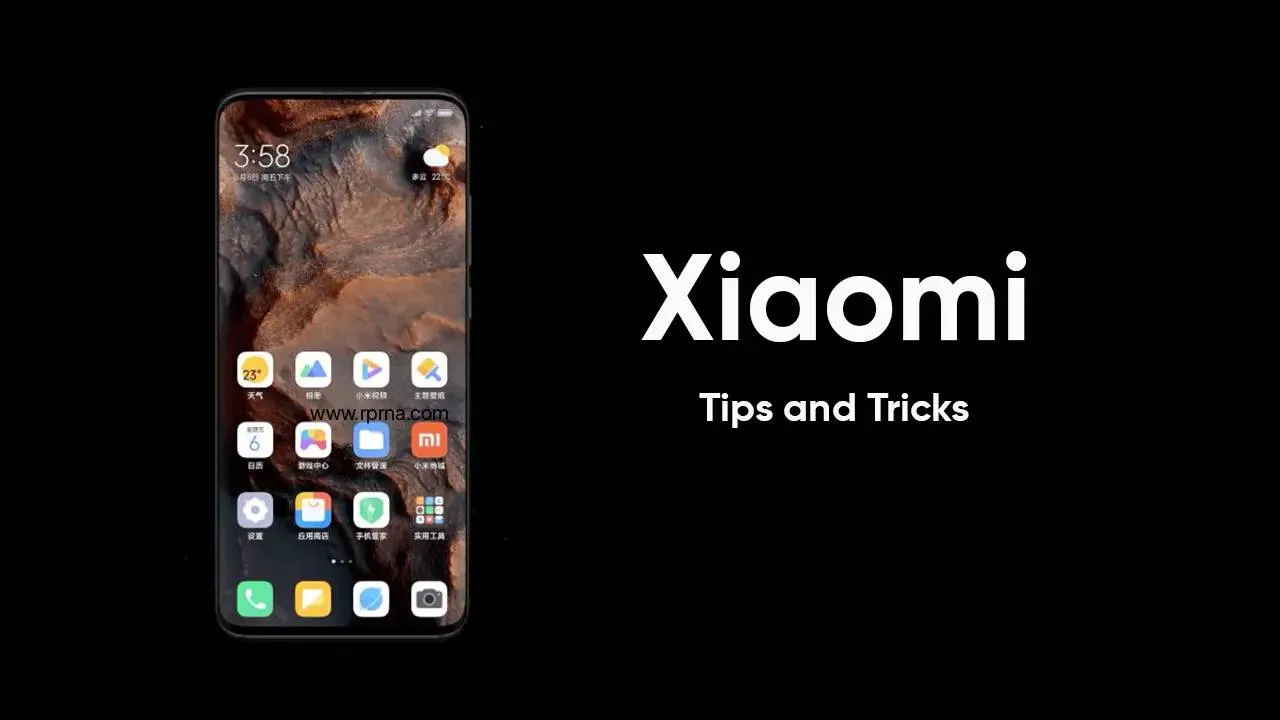
Double Your Xiaomi Speed Instantly: The One Simple Trick That Works!
Make your slow Xiaomi phone fast again! Discover the simple trick of clearing your system launcher cache to instantly restore performance, speed, and battery life.
Loading


